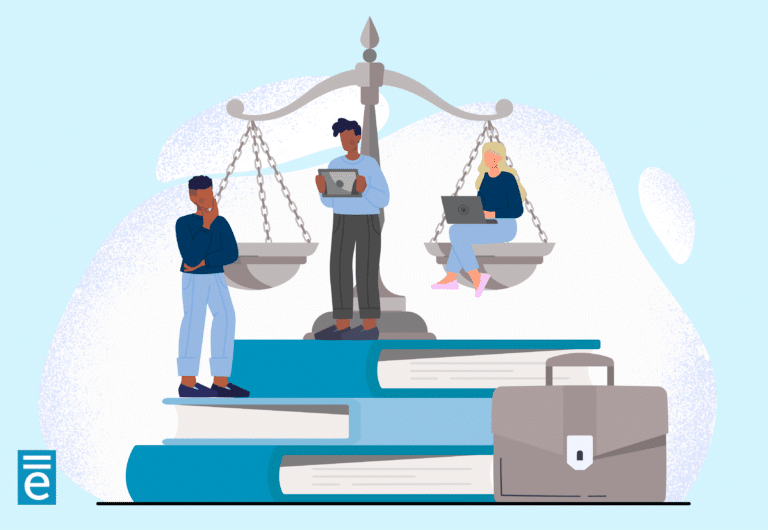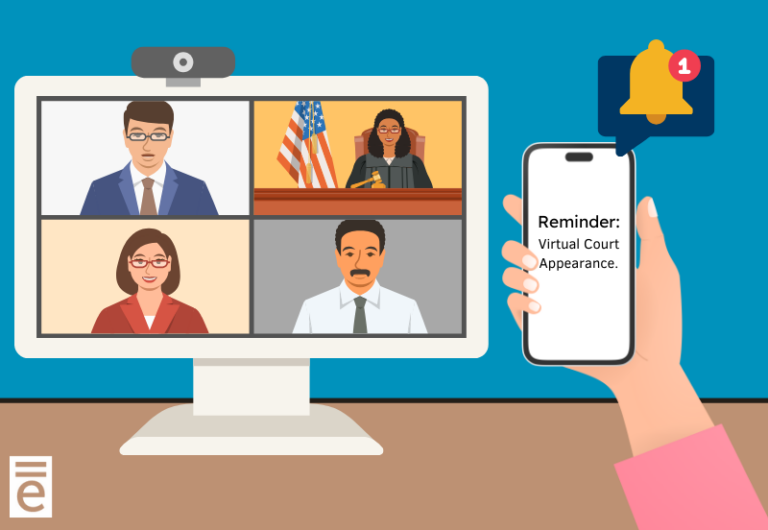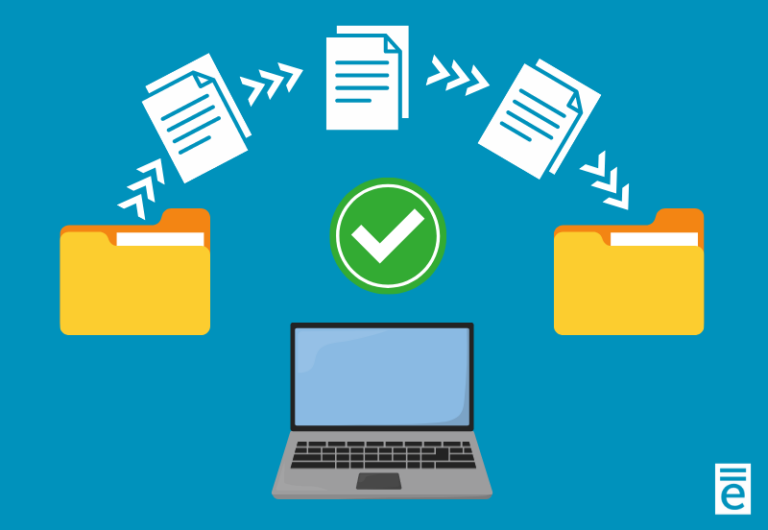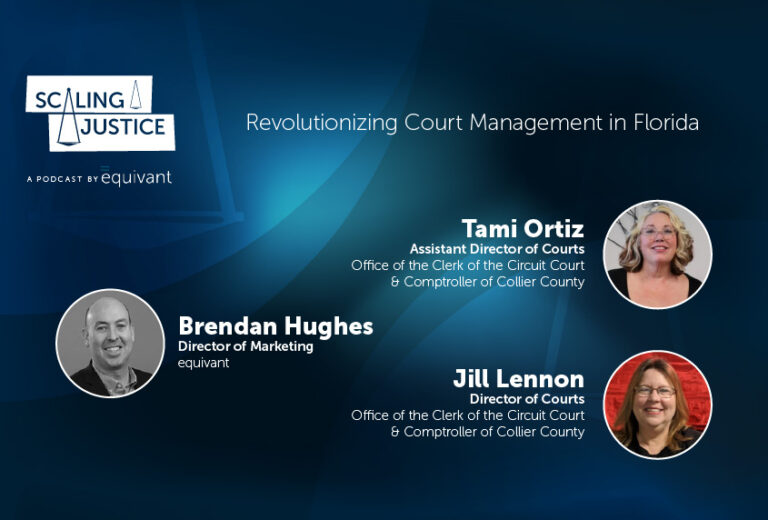Renee Danser, Associate Director of Research and Strategic Partnerships at the Access to Justice Lab at Harvard Law School, helps us better understand the challenges of accessing justice and what we’re doing as an industry to resolve those issues with public interest in mind.
This interview has been adapted and edited for length and clarity. Information about the Hawaii and Alaska portal projects was added for context.
Access to justice measures the difference between the legal needs of constituents and the resources available to meet those needs. The justice system is designed to remedy legal issues, but for many individuals and families without lawyers, courts can be intimidating. How do people know where to start with the justice system? How do they navigate the complexity of forms and protocols?
To better understand this important issue, we sat down with Renee Danser, Associate Director of Research and Strategic Partnerships at the Access to Justice Lab at Harvard Law School, to discuss how courts are addressing the need for accessible community-based resources.
Q: One frequently cited report indicates that 86% of low-income Americans aren’t able to seek legal justice. Beyond having access to legal counsel, what can you tell us about the ways in which people are struggling?
A: People that walk through the justice system encounter complicated and sometimes closed procedures. They make multiple trips to the courthouse which requires them to find childcare, take time off from work, and access public transportation that may not be convenient for them.
There’s also an inability to ask questions and get useful answers. Courts just need to take the time to think through and map out their process. Speaking from personal experience, you don’t really take the time to look at the process holistically, and what you end up doing is creating this quick fix in the middle of that process.
There’s a common perception that the system works for lawyers and against those without lawyers. We have siloed justice system processes that really don’t incorporate community support or appreciate that justice-related problems are intertwined with social service and human service-related needs. Partnerships with community-based organizations would be quite helpful, but those are rare in our justice system today.
Q: How are courts addressing these issues? What are some of the things that courts can or should do to ease the process?
A: I’m really excited about what’s going on in Alaska and Hawaii. In Hawaii, the state’s first comprehensive legal services portal was launched to refer people needing civil legal help to the appropriate resources and organizations. The project in Alaska proposes to create a unified portal that expands on existing legal and community resources to better serve the needs of Alaskans. Like Hawaii, their portal would help direct users to the appropriate referrals. I’m encouraged to see how their portal projects are recognizing that the community needs to be a part of the resolution to justice-related problems. Their portal projects are designed to incorporate community-based partners in addition to court and court-adjacent stakeholders.
The goal is not to steer someone towards a justice-related remedy all the time, but to allow a person to understand all the possible solutions to a problem. We want to give them the opportunity to access community resources as well as the court systems to navigate through some of those life challenges.
Q: Thinking back on your time as a court administrator, what kind of culture change do you think we still need to see happen inside the courts?
A: I think one of the big barriers to accessing justice is the inability of staff to feel confident answering questions in a meaningful way. We get too mired in the distinction between legal information and legal advice. Staff are permitted to provide legal information, but not legal advice. However, they usually aren’t provided with a definition or clear examples of what this looks like. It’s important to take the time to explain what area of law a process is actually affecting and why the process is the way it is. It’s also important to get their feedback. I think keeping staff informed about why you’re doing the things that you’re doing, and then also empowering them to answer questions from litigants is just as important.
Using technology can get you over that hump and move you down the right path. For example, robust website tools can point clients and litigants to resources where the language is already vetted as legal information and not legal advice. Navigating legal information using a medium other than in-person instills more confidence in the information’s correctness. I think what most courts are fearful of when it comes to in-person advice is if a staff member were to say something inaccurate or beyond the scope of what they’re able to say.
Q: It’s great to hear that courts are providing more meaningful platforms to make it easier for people to access the justice system. Do you find there are some common data points that we’re working with?
A: That’s such a tough question because I think the question is what data points should we be working with? That’s really determined by the question we want to answer or the problem we want to solve. For example, when we’re doing research at the Access to Justice Lab on different access-to-justice interventions, we’re looking at things that courts are often interested in. Courts tend to focus on things like time to disposition, failure to appear rates, and outcome measures. Sometimes courts are interested in demographic breakdowns, and we certainly look at all those things.
I think as a justice community and at the ACJ Lab, we should take a closer look at community prosperity, healthy growth, and individual well-being—not just the efficient operation of the court system.
Q: Absolutely. Some measures go beyond just pure court performance. What do you see as the future of accessible justice?
A: I think an accessible justice system is somewhere everybody has the same opportunity for success without regard to income or representation status. It’s a system where the only decision one needs to make is whether they want to initiate a case or not. It has nothing to do with their ability to understand how to do that or whether or not they have an attorney.
I also think an accessible justice system allows you to decide what kind of values you want to embody and what resources from the justice system you’ll use to live the life that you want to live. I really believe an accessible justice system values and incorporates the expertise of the community into solutions and allows constituents to choose the best path to resolution. If the justice system isn’t accessible, we have fractured communities. We are sending a message that says the system is only made for a certain demographic.
Click here to access the Scaling Justice podcast.




